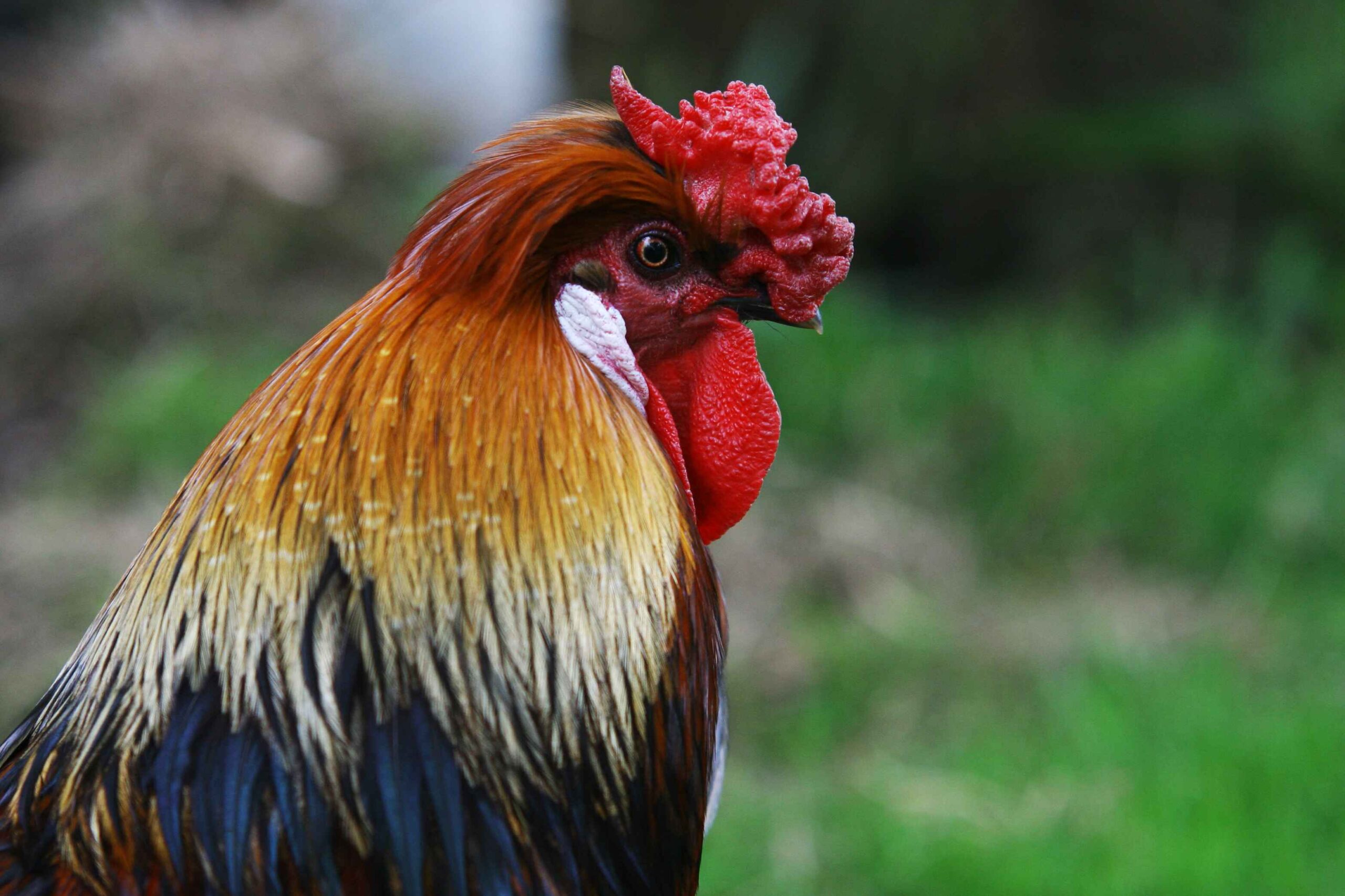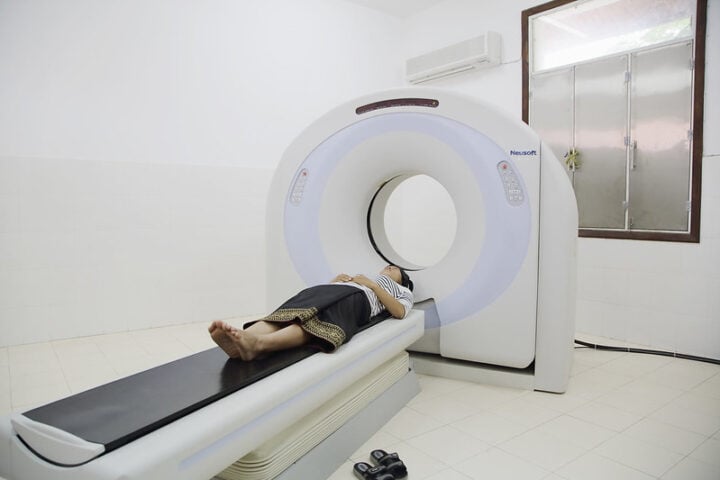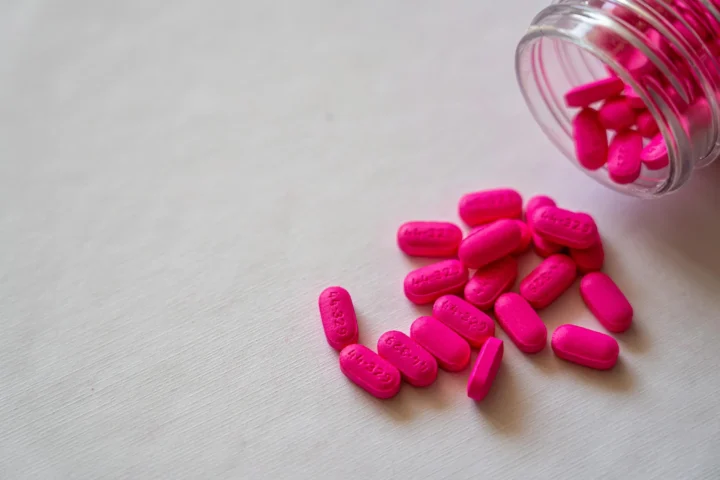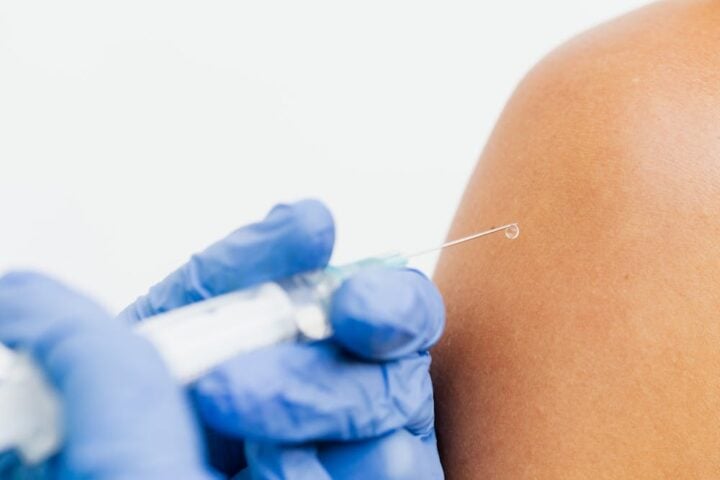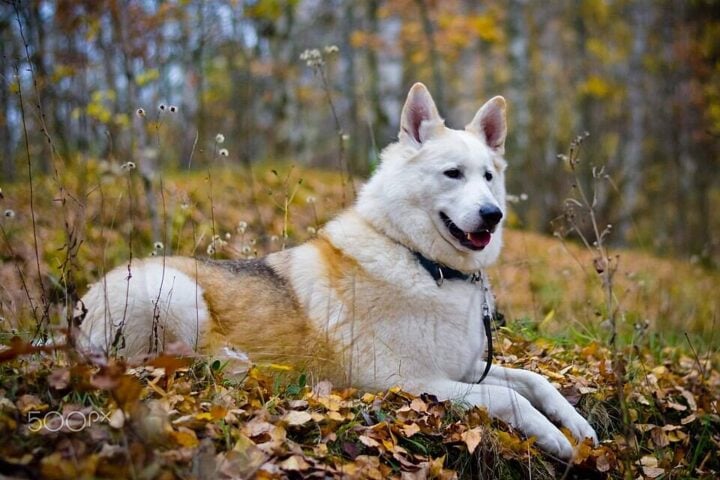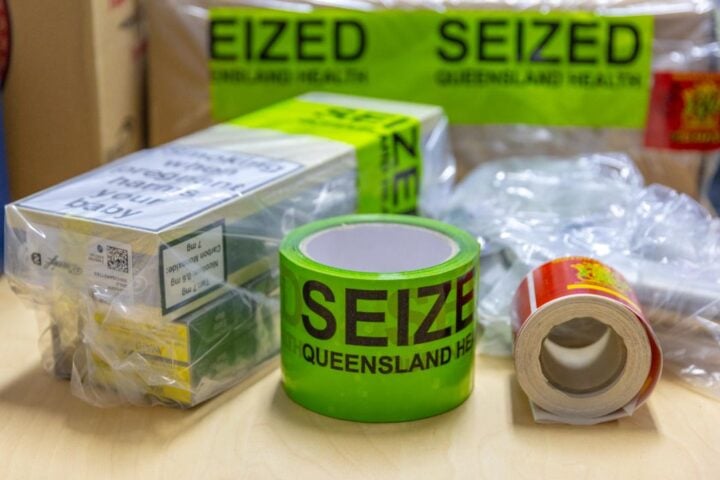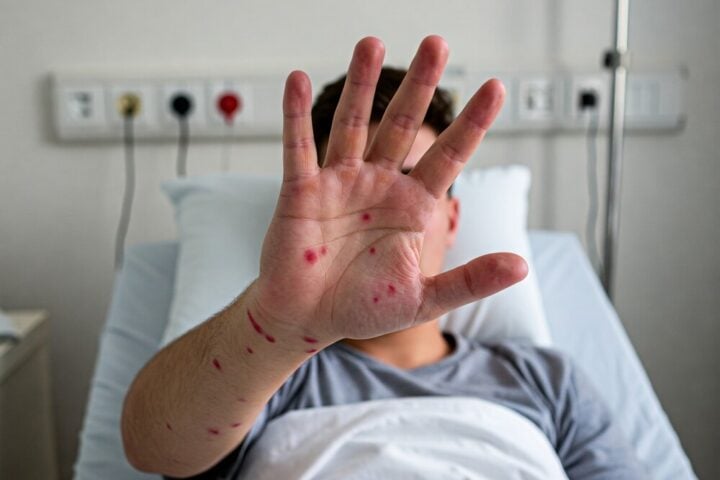A woman from Platte County, Wyoming, is in the hospital with bird flu. She got sick after handling infected birds in her backyard flock. This is Wyoming’s first human case of the H5N1 virus.
The patient has other health issues that made her more vulnerable to the virus. She’s now getting treatment in another state.
“This case is important to track, but most Wyoming residents don’t need to worry,” says Dr. Alexia Harrist, Wyoming’s state health officer. She adds that her team is watching the situation carefully.
Bird flu is spreading more widely this year. It’s showing up in wild birds, chickens, and dairy cows. The CDC reports 68 human cases in the U.S., with two additional recent cases in Wyoming and Ohio. The U.S. Department of Agriculture confirms 968 dairy herds are infected across 16 states.
Two types of the virus are going around. One mainly affects dairy cows. The other is common in wild birds but has recently started infecting cows too. This second type caused the first U.S. death from bird flu in Louisiana.
Similar Posts
Health officials are taking steps to keep people safe. They’re checking on anyone who had contact with the sick birds or the patient. So far, no one has caught the virus from another person in the U.S.
To stay safe, cook chicken and eggs thoroughly. Don’t touch wild birds or sick farm birds. Avoid drinking raw milk. These simple steps help prevent infection.
In Ohio, a poultry worker also got bird flu recently. They had breathing problems but were discharged from the hospital. This makes four people total hospitalized with bird flu in the U.S.

Federal authorities typically analyze virus samples. They look for changes that could make it spread more easily between people. Right now, the risk to the public is low. But it’s important to be careful, especially if you work with birds or cows.
The virus shows how animal and human health are connected. Health teams keep watch and work to protect both farm animals and people. They update safety guidelines as they learn more about how the virus behaves.
